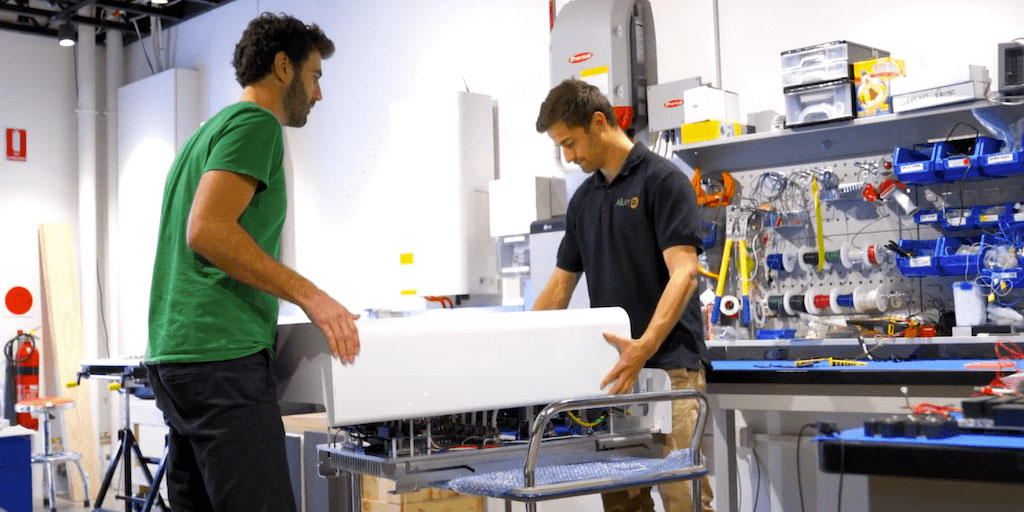Summary
Origin is developing Australia’s first end-to-end building retrofit solution for backbone infrastructure, simplifying the process for customers living in apartment buildings, and unlocking BEV uptake across multiple states in Australia.
Need
The high capital cost of backbone charging infrastructure is a significant barrier for owners’ corporations, making it difficult to initiate the complex process of gathering requirements, costing solutions, and securing approval at AGMs.
With EV uptake in Australia still at relatively low levels, only a small proportion of residents have an immediate or near-term need for charging. As a result, owners’ corporations are unlikely to approve substantial capital investments without a clear financial or regulatory incentive.
ARENA funding is essential to accelerate action, ensuring these infrastructure projects are deployed now rather than waiting for higher EV adoption rates to justify investment. Without this early intervention, the lack of backbone charging infrastructure will become a bottleneck, slowing down EV adoption in multi-residential buildings.
Furthermore, without an initial wave of deployments, the business case for developing a charger-agnostic load management system—one that integrates with a virtual power plant—remains weak due to the long payback period and the hesitation of owners’ corporations to take the first step.
Strategic funding support will not only enable early projects but also lay the groundwork for scalable, intelligent charging solutions, unlocking broader benefits for both building residents and the grid.
Action
Strategic funding support will not only enable early projects but also lay the groundwork for scalable, intelligent charging solutions, unlocking broader benefits for both building residents and the grid.
Origin is developing a project to retrofit existing apartment buildings with backbone charging infrastructure and innovative load management solutions (LMS) to address a key barrier to EV adoption in this sector. This includes:
- Retrofitting 16 buildings to test LMS and backbone solutions across diverse building sizes, uses (residential, commercial, retail), and load profiles
- Evaluating different commercial models (upfront investment vs. monthly service fee)
- Assessing feasibility across various ownership structures, including renters, investors, owner-occupiers, and build-to-rent developments
This initiative will provide critical insights to accelerate EV adoption by making charging infrastructure more accessible, scalable, and commercially viable for multi-residential buildings.
Outcome
The Backbone Charging Infrastructure Project will deliver the following outcomes:
- Development of a Load Management System (LMS): A charger-agnostic, OCPP-compliant system that integrates with Origin’s Virtual Power Plant (VPP).
- Cost Reduction in Backbone Infrastructure: Implementation of more efficient installation methods and standardization of balance-of-system components.
- Innovative Commercial Models: Enabling owners’ corporations to fund charging infrastructure through a monthly fee, minimizing upfront capital investment.
- Streamlined Implementation: Establishing an end-to-end process to simplify adoption for owners’ corporations.
Additional impact
The Backbone Charging Infrastructure Project is also designed to enhance skills, capacity, and knowledge sharing to accelerate the transition to Battery Electric Vehicles (BEVs).
Key insights will be shared with industry participants, government, and regulatory bodies, including:
- Best practices for the efficient design and implementation of backbone charging infrastructure.
- Load management strategies to optimize building power consumption and align with energy market dynamics.
- Innovative commercial models to reduce upfront capital investment for backbone charging infrastructure.
These insights will support industry in developing viable commercial propositions and help government and regulatory bodies shape policies and standards to overcome the challenges of retrofitting existing apartment buildings with charging infrastructure.




